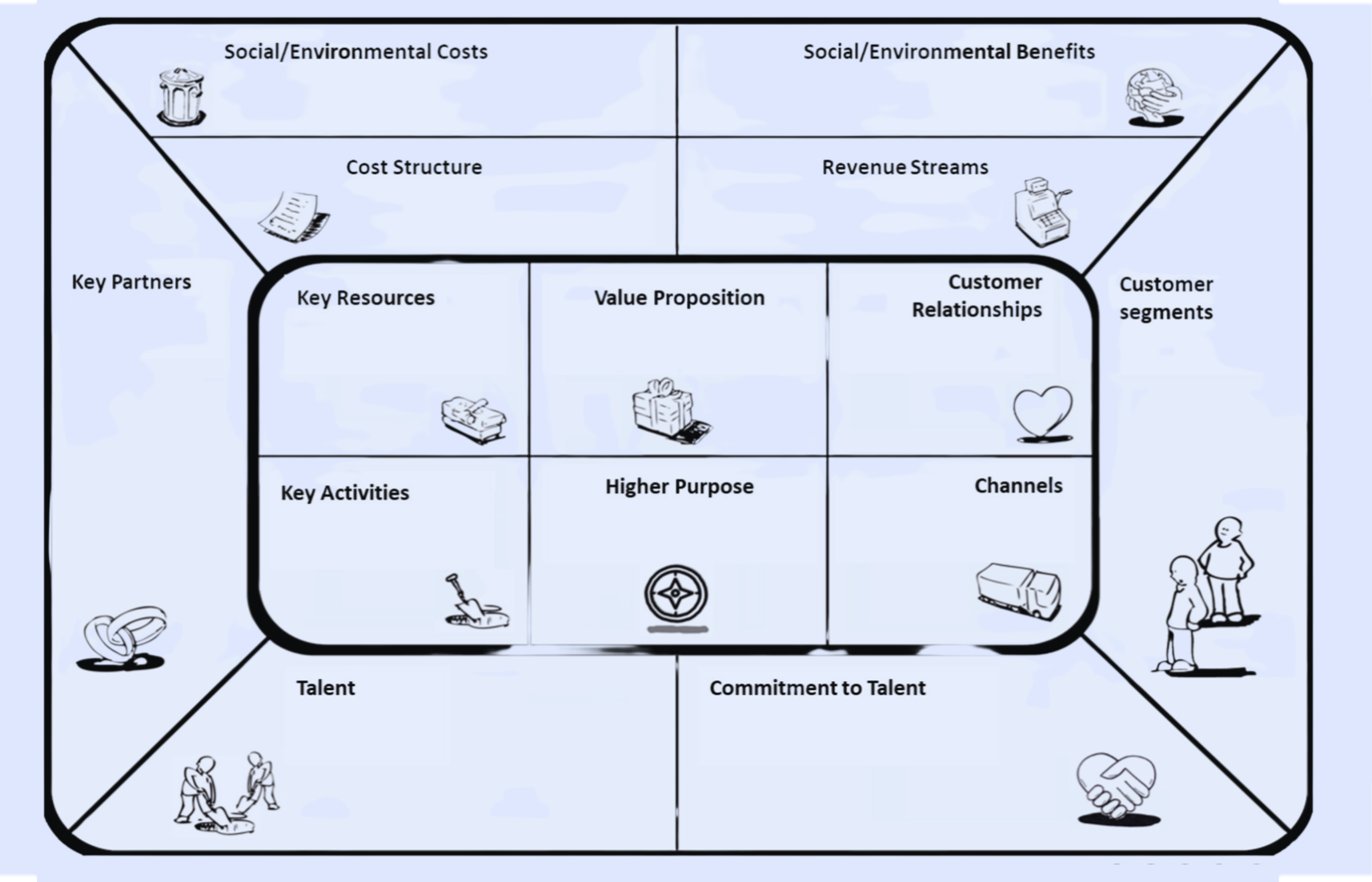Business Role in Society 2 Notes
Business Models
A business model is a system of how a company creates and captures value
A company takes the elements in its surroundings, transforms them and puts them back into the surroundings
Using the managerial functions of planning, organizing, integrating staff, directing and controlling, it transforms the elements or inputs

The companies interact with the customers and other companies
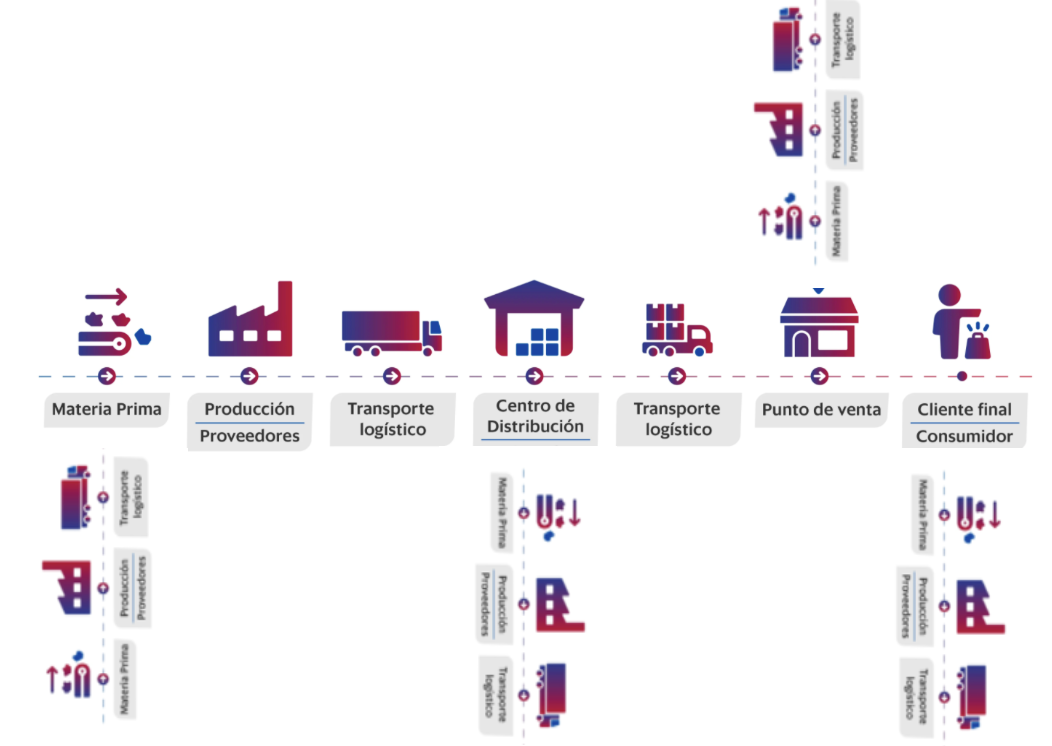
A company doesn’t exist in the void, it depends of its context and external environment… it’s part of a bigger system: industry, economical environment, society…
A company is more than just a product or service.
The survival of any company implies strategical decisions towards what’s being offered, how and what results are getting from a systemic perspective
A business model it’s a new analysis unit that’s different from:
-The product
-The company
-The industry or network
It emphasizes an holistic approach at system level to explain how companies do business
It tries to explain both: the value creation and value capture
The concept of business model became frequent with the growth of Internet in the 90’s. And, therefore, the e-commerce became a thing
The companies that have a higher financial performance put an extra effort in innovating their business model (more than those who don’t have that performance
A business model intervenes between technical and economical scopes

Tools to develop Business Models
When we are designing our business model, it’s very common that our ideas come in random waves and it can cause us to rule them out or forget them. Sometimes, we can’t communicate only with words
To solve those limitations and to enhance the results, there are some tools to develop business models
Brainstorming
Maps
Plan Cruncher
Business Model Canvas
Lean Canvas
Brainstorming
It’s a bunch of ideas generated by a work group that are gather in a safe and ideal place to share thoughts and ideas without worrying about whether they are accepted or not
The proposed ideas become public and anyone can share their opinion and propose modifications
Mental Maps
Flow diagrams that show the organization and the relationship between the different components of the company/project
Plan Cruncher
One page summary that show the highlights that turn an idea into a great business
It uses icons and few text
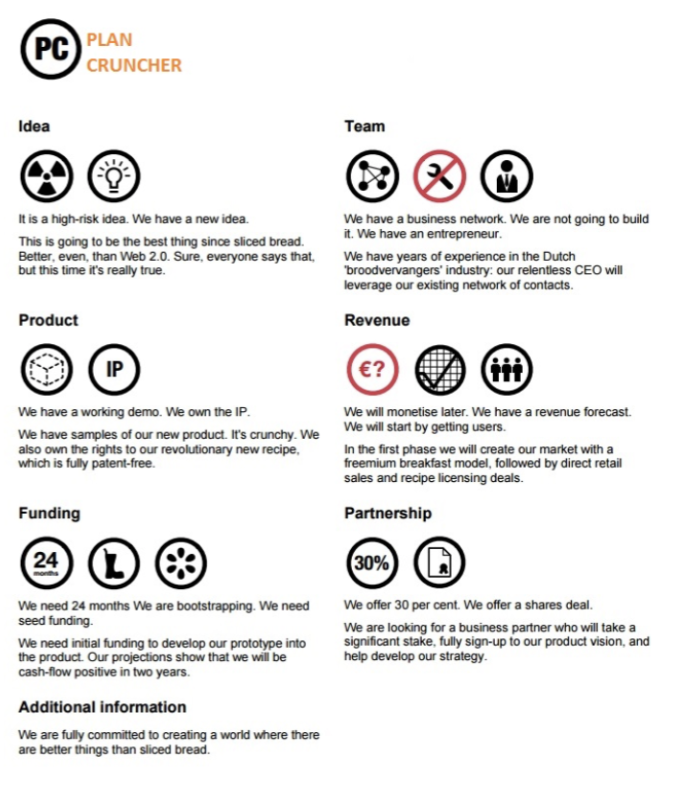
Business Model Canvas
Tool formed by 9 blocks that represent each key area of the company
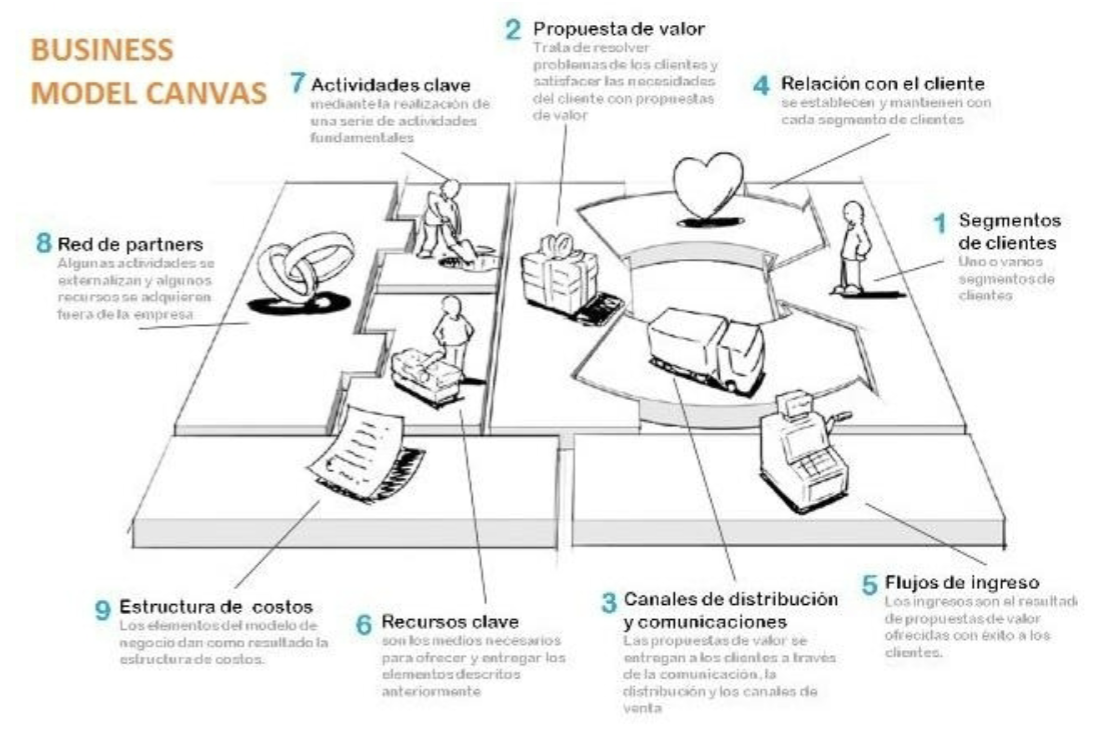
Lean Canvas
Its similar canvas to the BMC but with some changes:
The alliances are substituted by problems
The key activities changed by the solution
The key resources change for the key metrics or KPI’s, that will become a key element when pivoting
The relationship block is substituted by unfair advantage
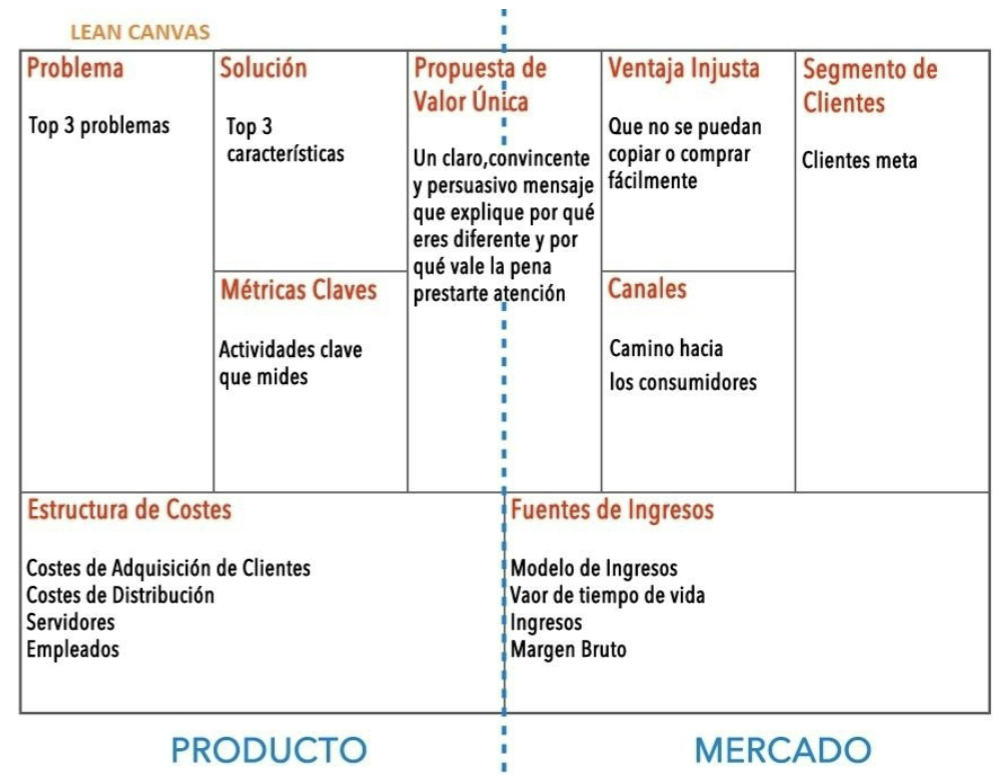
Business Models
Propuesta de valor: La principal razón por la que alguien compraría tu producto
“Un modelo de negocio fundamentado en la innovación se basa en encontrar y fomentar nuevas formas de crear, entregar y captar valor” - A.Osterwalder
Principales causas del fallo en emprendimientos: 52% modelo de negocio, 29% motivos financieros, 19% otros
Un modelo de negocios describe los funamentos de cómo una organización crea, desarrolla y capture valor
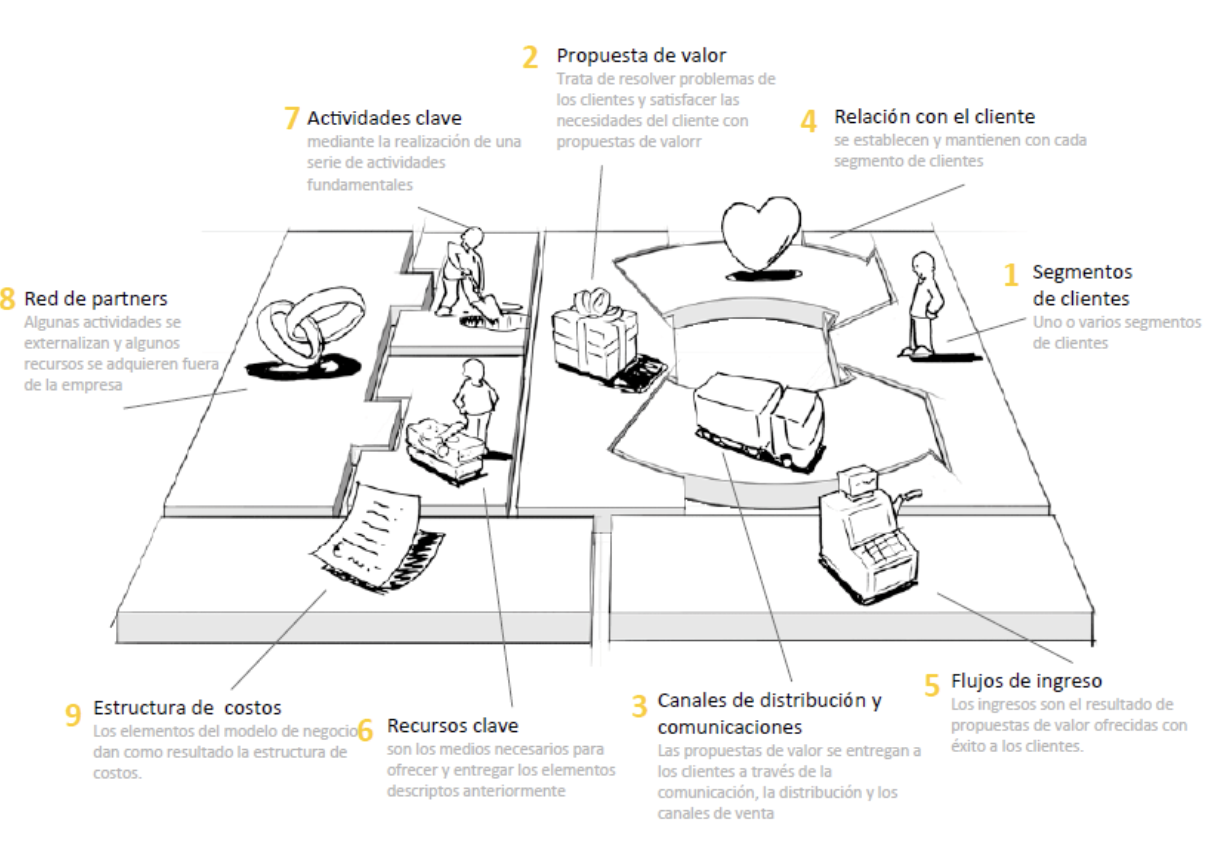
Áreas:
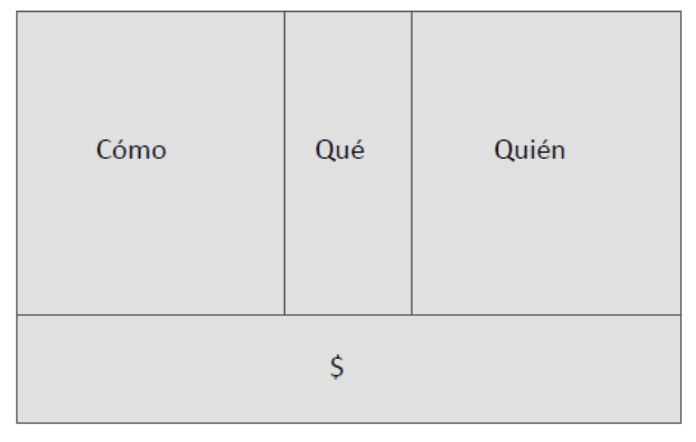
Propuesta de Valor
¿Que valor entregamos al cliente?
¿Que necesidades estamos satisfaciendo?
¿Que paquetes de producto/servicio estamos ofreciendo a cada segmento de clientes?
2.1 Market Segments
We have to id our main target, that which is worth the effort. The idea is to find the features or needs of that segment and develop the right strategies to approach them
Massive segmentation
Niche market
Traditional segmentation
Diversify: many segments, each one with a different set of features
Multi-platforms: they serve different segments that are somehow connected
2.2 Customer Relationship
To be successful, a company must id the type of relationship they want to build with their customers
There are several types of relationships:
Personal assistance: stronger relationship
(Devoted) personal assistance, ex. personal shopper
Self-service: indirect interaction
Automated services
Communities: interaction between customers who share their experiences
Co-creation: the customer is part of the production process
2.3 Channels
It includes how do we deliver the product/service to the customer
You can use your own channels, others or both:
Direct
Indirect
Combination
Consider the distribution type:
Massive ex.coca cola
Intense ex. hp
Selective ex. zara
Exclusive ex. mcdonalds
3.1 Key Activities
It requires to id those activities that are required for the production or sale of the product/service
They are a must
The most important categories are:
Production
Problem solution
Platform or network
3.2 Key Partners
There are always partners that help the company to maximize the operations
It can include: suppliers, financial institutions, legal aid, government, strategic alliances
3.3 Key Resources
Include in this section all those resources that are needed to create value for the customer. They are considered as required assets to hold and support the company
They can be: human, financial, physical and intellectual
4.1 Cost Structure
In this section you’ll find the most important monetary consequence that occurs while operating business models
It’s important to define whether your business is:
Cost motivated
Value motivated
Consider: fixed and variable costs, scale economies
4.2 Revenue Streams
It answers the question: how do we obtain money? There are many ways, some of the more common are:
selling assets
usage fair
subscription
rent/leasing
licensing
commission
advertising
Business Patterns
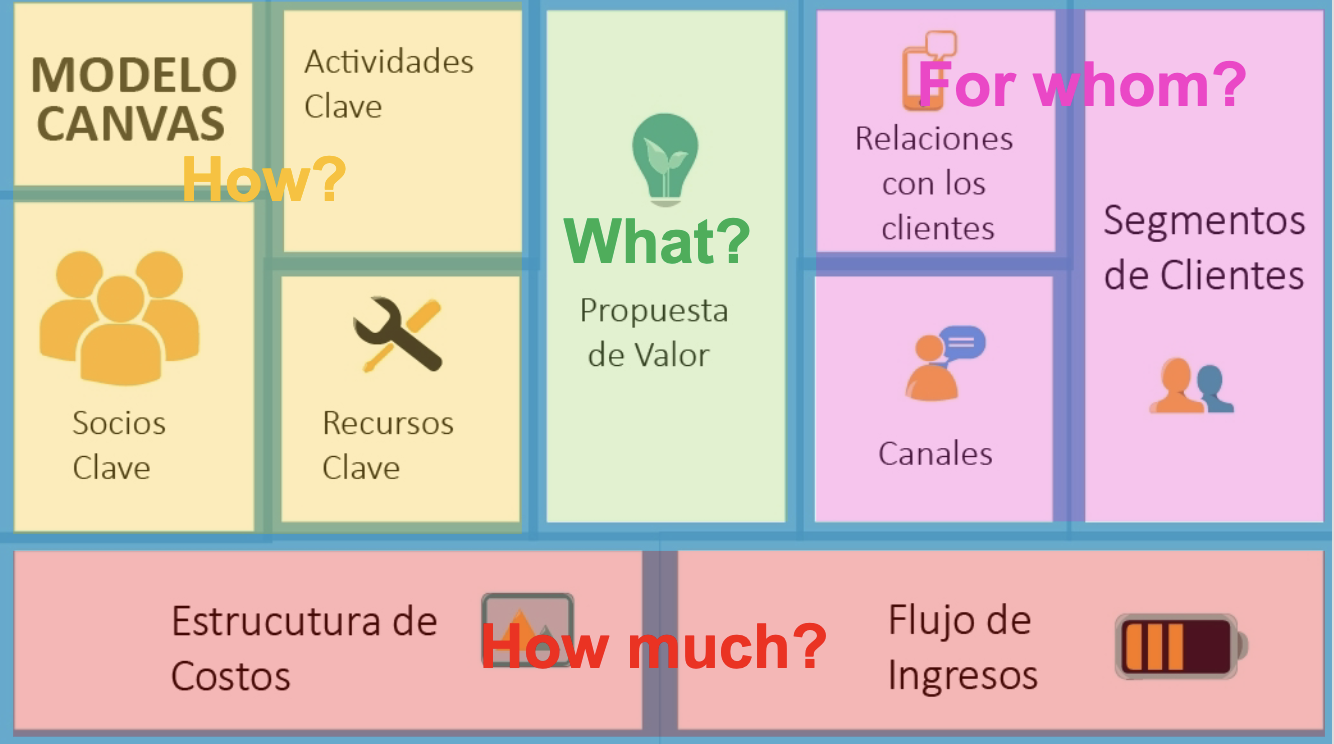
Pattern
“It refers to the concept of capturing design ideas and be able to reuse them” - Christopher Alexander
In business models it’s related to:
Description with similar features
Similar behaviour
Similar organizations
A pattern in Business Models describes similar characteristics, similar arrangements of business model building blocks, or similar behaviors
90% of all business models are based on 1 of the 55 existing patterns
“Free” as a Business Model
At least, one of the segments gets constantly benefited by the free offer
ex. Spotify
“Open” Business Models
It creates and captures value by systematically collaborating with external partners
It opens the research process to a third-party
ex. innocentive
“Cross-sale” Business Models
The companies can easily offer products or deals that are not necessarily linked to the main industry they’ve chosen
They can generate additional income with relatively little-to-no changes in the infrastructure and existing assets
ex. Ikea
“The Long Tail” Business Models
They’re focused on offering a huge variety of (rare) products, each one is sold in low volumes
The real challenge in selling specialized content is to find potential buyers
ex. amazon
“Razon & Blades” Business Models
Business based on replacement/refill
The basic product is cheap, sometimes it’s free, but the add-ons are expensive
ex. Nespresso
The business patterns are a source of inspiration
When you have your own business or want to improve one, you should create your own proposal
Industry | Disruptor |
|
|
Pivoting
Invincible Companies
“Its a company that reinvents itself constantly, before it becomes obsolete”
It beats itself
It explores the future by being excellent in the present
It cultivates an innovation and execution culture
It computes with superior business models
It transcend the industry’s limits

An invincible company uses tools to explore the present and explore the future
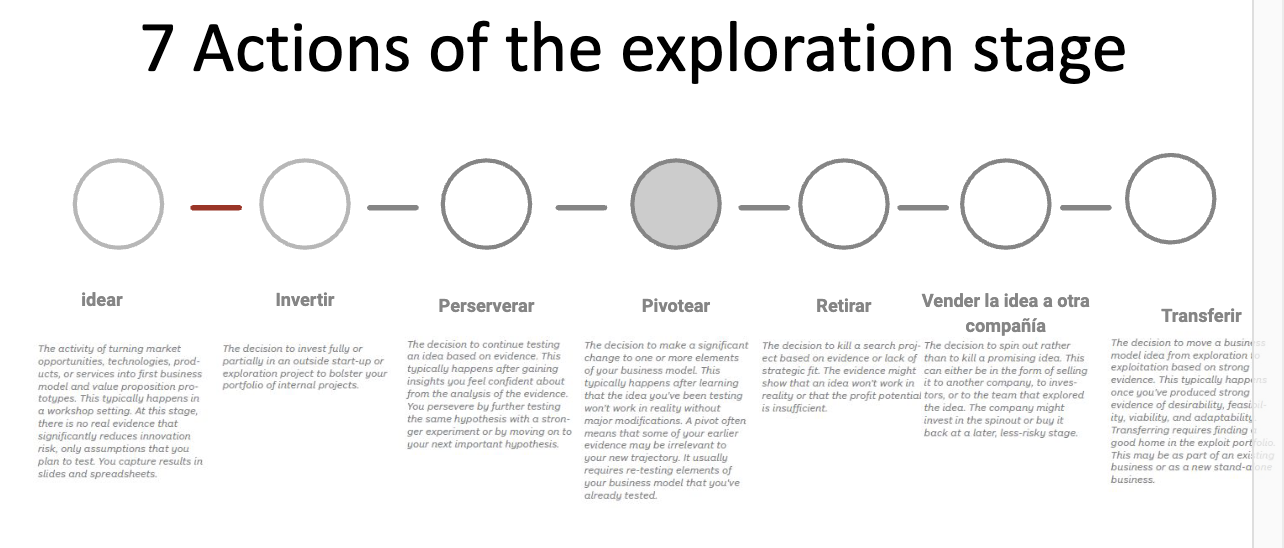
Pivot
It represents the decision of making a significant change to one or more elements of the business models

Conscious Business Models
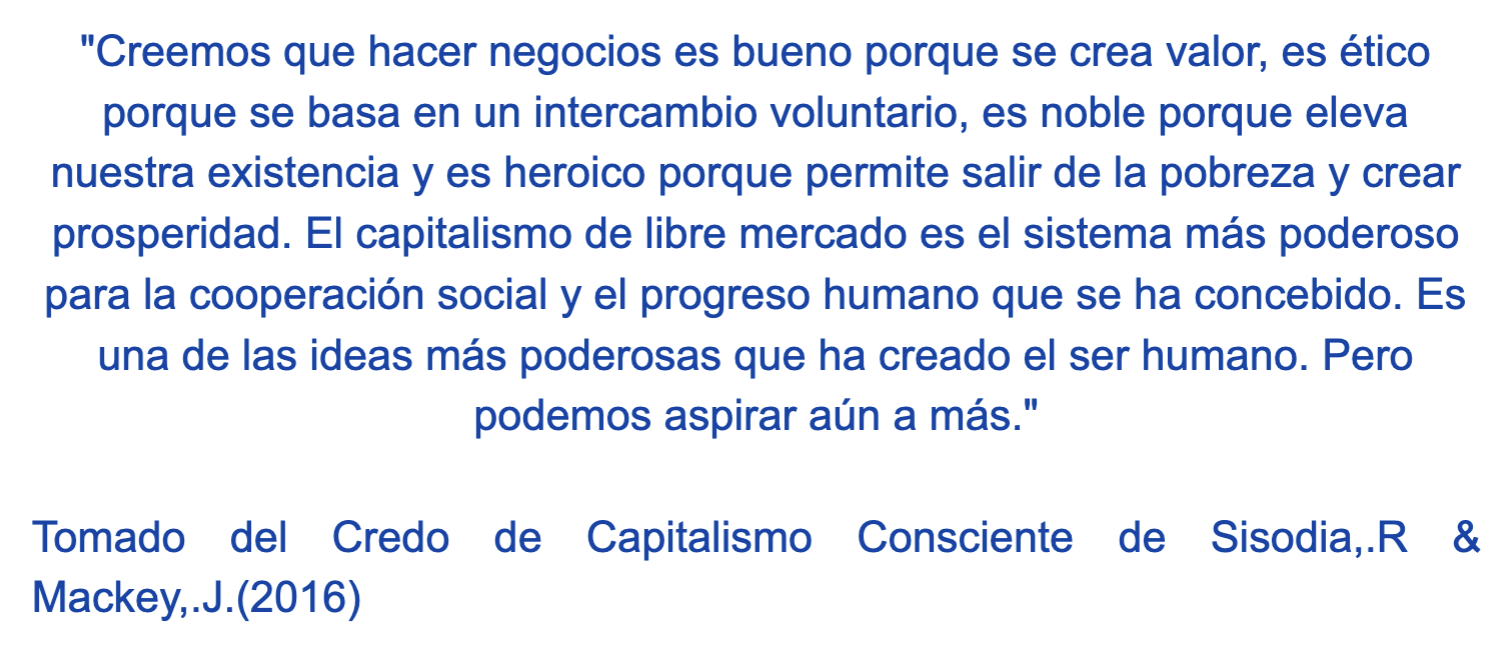
4 Pilars
Higher purpose
Stakeholders
Conscious culture
Conscious leaders
